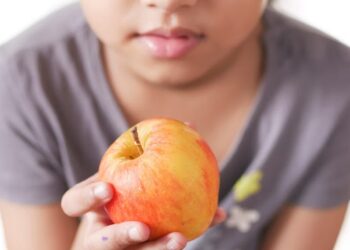Most diets stipulate the foods you can eat, not how they’re prepared. Meanwhile, the raw food diet—a trendy, plant-based eating plan that often overlaps with veganism—focuses specifically on cooking: It consists of mostly or all raw and unprocessed foods.
But is the raw food diet actually healthy? On one hand, it’ll force you to eat a ton of plants, replacing processed ingredients with whole foods. On the other, you won’t be able to safely enjoy many dietary staples.
If you’re considering giving the plant-based, uncooked lifestyle a shot, make sure you know exactly what you’re getting into. Here’s everything you need to know about the raw food diet, according to dietitians.
What is the raw food diet?
The raw food diet is composed of plants (and sometimes raw animal products) that have not been heated past a certain temperature, explains Susan Levin, M.S., R.D., C.S.S.D., director of nutrition education at Physicians Committee for Responsible Medicine. The exact definition of “raw” varies from person to person, she notes, but 118°F seems to be the upper limit for most people.
In its strictest form, the diet is entirely made up of raw, unprocessed foods; some people allot a certain percentage of their food intake for non-raw foods, Levin says. Raw veganism is the most common form of the diet, but you can also consume raw, unprocessed animal products, including fish, eggs, and milk.
“The goal is to eat foods in their natural state,” explains Pam Fullenweider, R.D., M.S., a registered dietitian. “The theory is that heat in cooking destroys enzymes needed for digestion and creates toxins in our bodies. There is no scientific evidence that supports this idea.”
You can eat vegetables, fruits, sprouted beans, sprouted grains, nuts, and seeds on the raw food diet. Blending, juicing, drying, fermenting, pressing, and soaking are all acceptable methods of preparation—meaning that oils, nut butters, nut milks, cold-brewed drinks, and dried fruits are all fair game.









